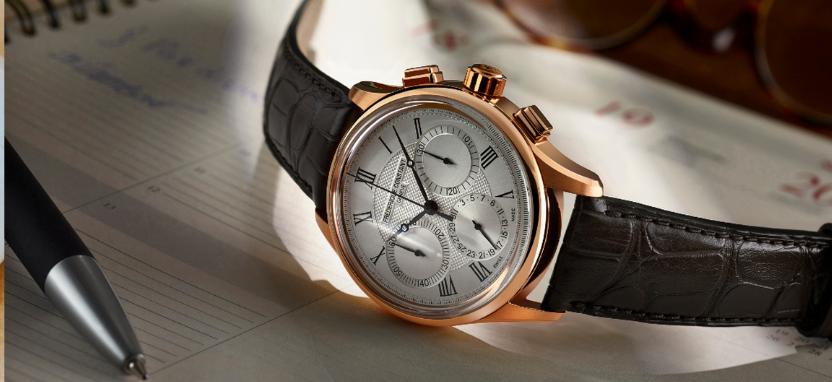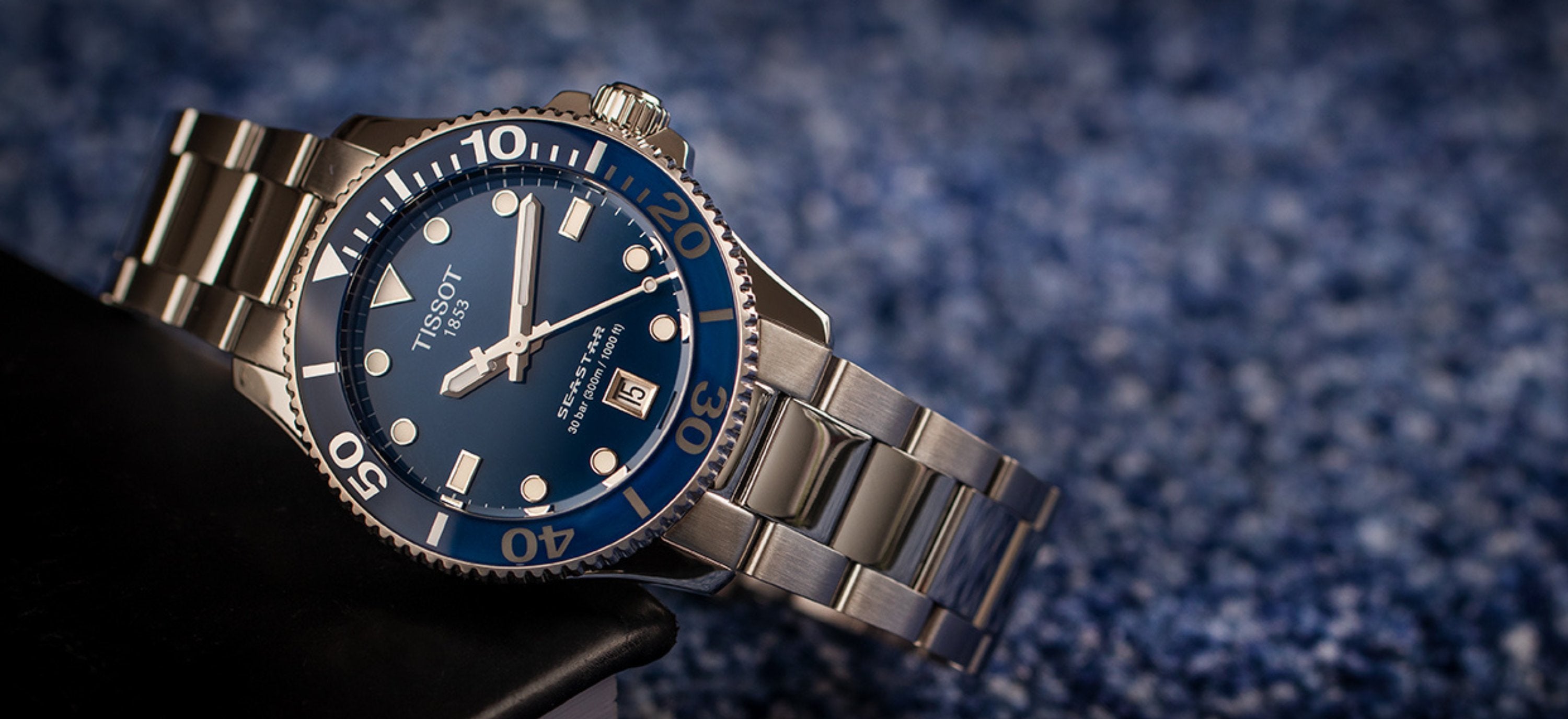Natural Diamond 0.65 Carat Round
| Certification | GIA ( 1488382852 ) Click here to see it |
| Carat |
0.65 Carat |
| Shape | Round |
| Color | g |
| Purity | VVS1 |
| Court | Excellent |
| Dimensions | 5.56x5.53x3.47mm |
* The photographs are of diamonds of various sizes and do not have to match this article. Please use the photographs as reference only for the designs.
The pendant does NOT include an 18-karat gold chain, a 40-centimeter chain would be an additional 600 euros.
The quality reports issued by the GIA (Gemological Institute of America) are the most reliable in terms of the accuracy of their grading. Established in 1931, the GIA certifying body is the benchmark for the entire diamond industry and is also the original creator of the 4C grading system (Carat, Cut, Clarity, Color - Carat, Cut, Clarity, Color in English).
By choosing a natural diamond with a GIA certificate, you ensure that you have the most accurate report on your diamond's unique properties. Each GIA diamond is verified by independent diamond graders who are experts in their field of work.
Pickup available, usually ready in 4 hours
Calle de Velázquez
45
28001 Madrid
M
Spain
+34914318150
Once the purchase is confirmed, the usual delivery time for free shipping will be less than 3-5 days, for express shipping between 24-48 hours for shipments within the national territory from Monday to Friday.
Packages are shipped after receipt of payment, via MRW or Fedex, with tracking number and delivery with signature.


























